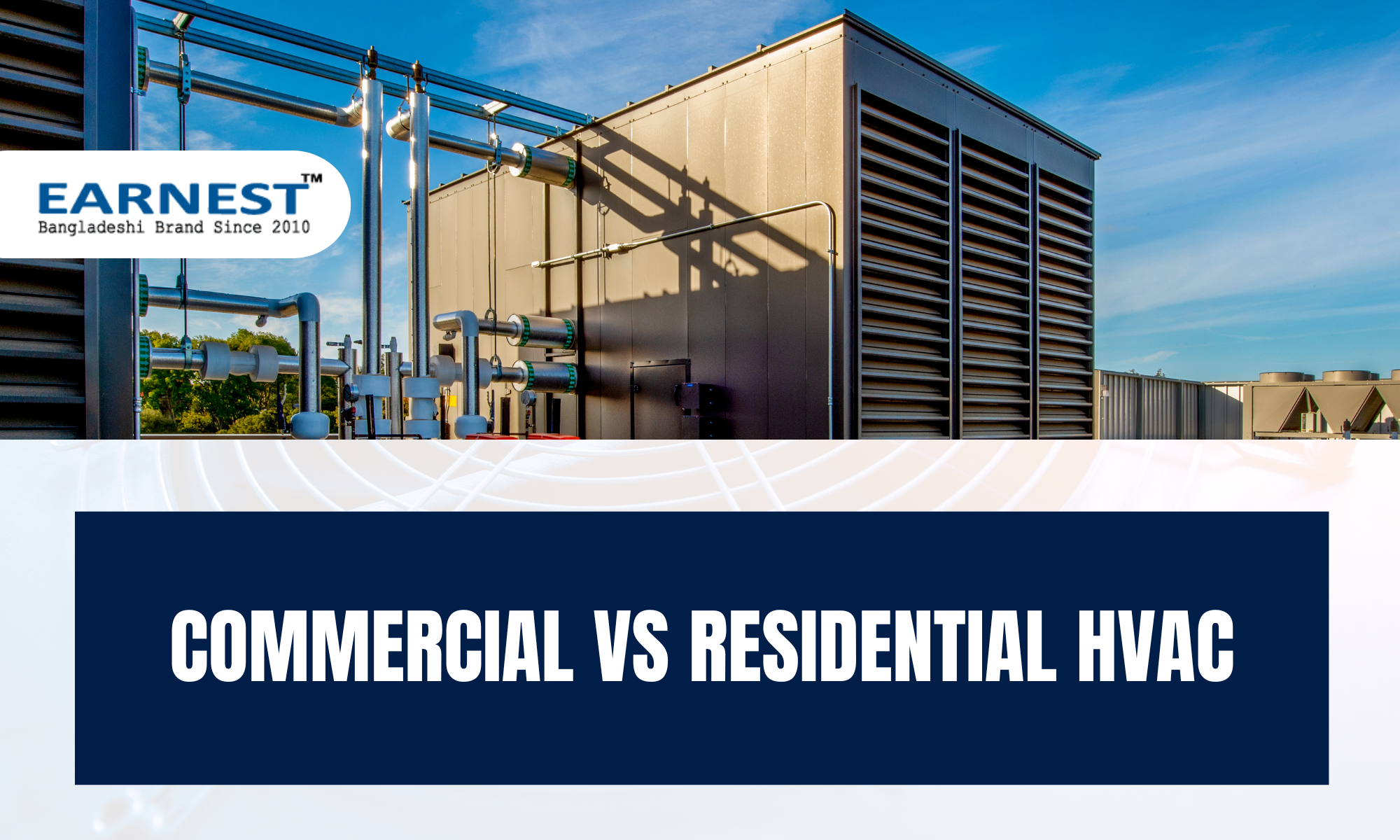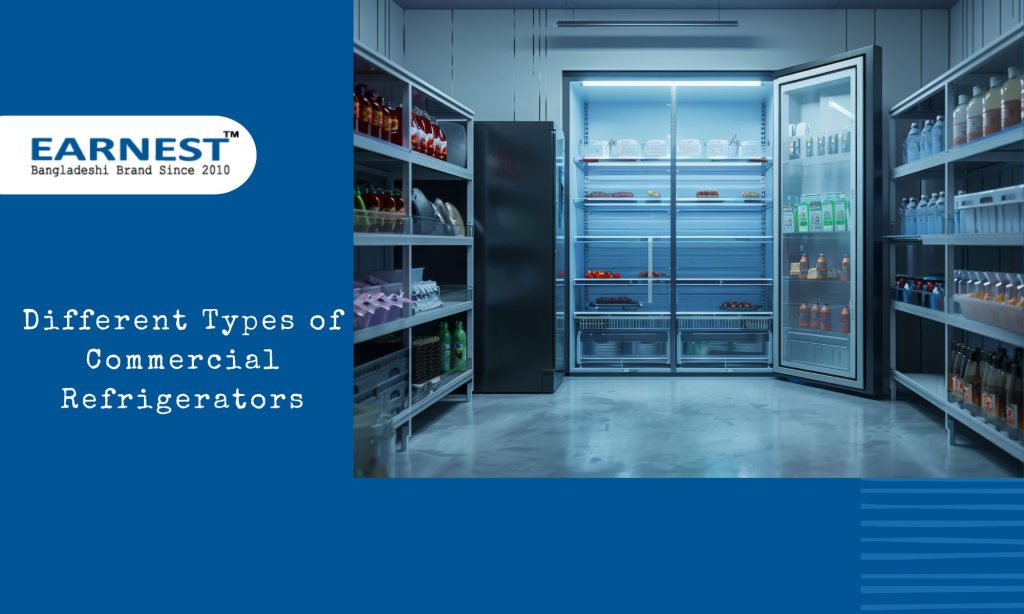Whether you work at a factory, office, or even in a home, you most probably heard about the term HVAC. In case you had no clue what it is, this acronym basically means the heating, ventilating, and air-conditioning (HVAC) system of your place of work or residence. This technology is designed to control the temperature of any room, combining heating and cooling technology.
Yes, it plays a pivotal role in ensuring comfort and safety in our offices and homes.
However, knowing which one to choose for your home, office or factory is crucial. So, here, we delve into comparing commercial vs residential HVAC systems and understand their differences to help you install the right one, at the right place, in the right way.
Understanding HVAC Systems
HVAC technology provides indoor and vehicular environmental comfort. This system is installed to offer air-conditioning comfort and good indoor air quality.
Through the principles of mechanical engineering and thermodynamics, HVAC systems are designed for buildings and rooms. Depending on their construction and intent, the system can be used for:
single-family homes,
apartment buildings,
hotels,
medium to large industrial setups
office buildings
hospitals, and
Even inside vehicles like cars, trains, airplanes, ships, etc.
As mentioned above, HVAC systems are designed and developed differently for commercial and residential spaces. However, the core purpose and module are the same. Below, look at the differences between commercial and residential HVAC systems.
Key Differences Between Commercial and Residential HVAC Systems
The following table depicts the differences between the two types of HVAC systems:
|
Commercial |
Residential |
|
|
Size and Structure |
Sizes are significantly larger, given the size of the factory buildings they serve. Have add-on functions like compressors or evaporators, depending on the functions of the facilities they are in. |
Smaller sizes for homes and office spaces (rooms). Need less extensive ductwork and less powerful fans to circulate air through one or few rooms. |
|
Installation Location |
To save indoor space, reduce noise pollution, and facilitate easier maintenance without disrupting the building’s daily operations, these are commonly installed on rooftops or underground areas. In factories, they have special areas of installment to avoid regular contact with people. |
As these are easier to install, they are placed on the ground, either beside or behind the homes/offices. |
|
Maintenance |
Because of the size and structure, commercial HVAC systems require more intricate maintenance efforts than their residential counterparts. Usually, skilled and highly experienced experts like Earnest are needed to ensure they operate efficiently and prevent costly breakdowns. |
Residential systems, need regular checks to perform optimally. However, their maintenance is simpler with many tasks managed by the homeowners or office staff themselves. |
|
System Configurations |
Due to the sophisticated build, an outdoor commercial HVAC unit may need to connect to several indoor to save space and reduce cost. Known as a multi-split system, these provide a solution for medium-sized spaces. There are Variable Refrigerant Flow (VRF) or Variable Refrigerant Volume (VRV) systems that are suitable for larger commercial buildings or factories, with varying heating and cooling needs across different zones. |
Due to the usually simpler structure, residential HVAC units use Single Split Systems, which are Ideal for small offices or homes. These are comparatively cost-effective as well. Besides these, homes without ductwork sometimes use Ductless Mini-Splits, which offer an efficient way to heat and cool separate zones within a house. |
|
Energy and Environmental Effects |
These HVAC units need more power and energy and release more pollution. However, suppliers like Earnest and others are increasingly focusing on investing in energy efficiency means to protect the environment. |
Less energy consumed than their counterparts. But some pollution is still released which can harm the environment. |
In recent times, more modern home HVAC systems have come with smart technology integration. This has allowed for automated temperature control and remote adjustments, which is boosting energy savings. However, the constant performance and powerful impact still lie with the commercial HVAC systems, primarily because of where they are used.
Which One to Purchase?
In the end, you will need to select the one that best suits your budget, space of operation, and technical support facilities.
And, if you want to install commercial or industrial HVAC systems that comply with international quality standards, you can contact Earnest, the largest HVAC supplier in Bangladesh. They have a comprehensive range of services and products tailored to meet clients’ specific needs.
Currently, the HVAC systems provided by Earnest are:
Get in touch with Earnest to get world-class industrial cooling and heating solutions.
Wrapping Up
Knowing which HVAC system to opt for is crucial for the comfort, ventilation, and safety of your home, office, or plant. Air conditioning is an extremely essential aspect of your work area that cannot be compromised.
As the industry tries to create more sustainable solutions, selecting the right HVAC system becomes crucial in achieving energy efficiency goals and ensuring the well-being of the people living and working in an establishment.
If you’re planning to install a new HVAC or considering upgrading one, you can reach out to expert providers like Earnet for informed choices supported by professional advice.






